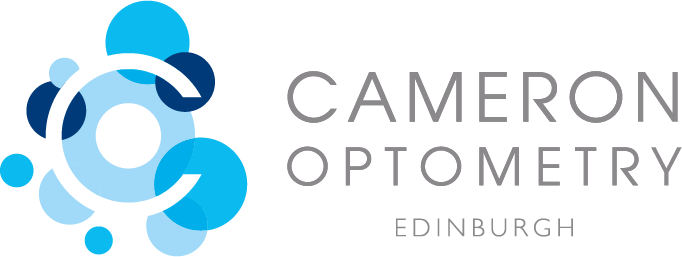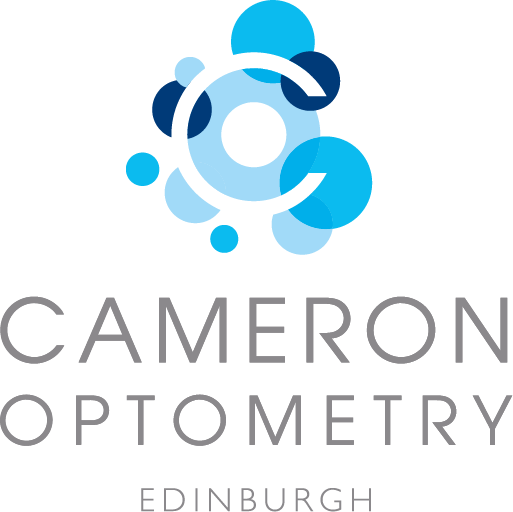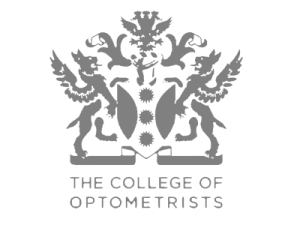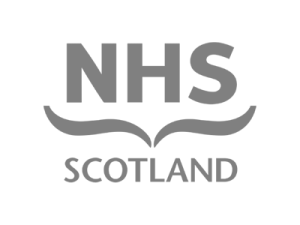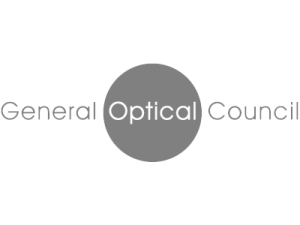How often are any of us really away from our technology these days? Probably a lot less than we think we are but I wish I could have captured a picture of the chap texting furiously next to me in the departure lounge in Frankfurt wearing a t-shirt that says “I’m away from my computer right now”.
It seemed particularly apt as I’ve just left a round table meeting where we talked about exactly that. Digital eyestrain and what we, as eye care professionals, can do to help. We were brought together as a group who have been fitting Bioinfinity Energys, a contact lens that will be launched in the UK next week. The lens is designed to tackle some of the issues that our digital life poses us. To reduce the focusing strain we put on our eyes by spending so much of each day looking at things up close and to provide all day comfort by using a tried and tested lens material that performs well with drier eyes.
The demands of digital life are ever present but there several options that optometrists can offer to ease the strain on your eyes.
How significant is the issue?
The Vision Council statistics from the US show that around 90% of people now use a digital device for more than two hours a day. With 70% of people using more than one digital device at a time. I’m that person, writing this on my VDU, with the news coming through on my iPad and my phone pinging me messages.
Of those people, around 65% experience some digital eyestrain. You may not be aware that you are experiencing it but symptoms include frontal headache and tired eyes, irritated, burning or watery eyes or visual sensations such as text or images blurring. Often we notice these symptoms after a long day of digital use.
Why do we get these symptoms?
With digital devices we turn anywhere into an office, the kitchen table, the train and even our beds. Often that means we are not thinking about our posture or the correct lighting and that can lead to physical discomfort. We use phones and tablets as computers and hold them very close, often looking at small text both of which cause the muscles of the eyes to fatigue more easily. Digital devices, and modern LED and fluorescent room lighting, emit blue light that causes subtle light flickering and more obvious glare which is again tiring for the eyes after hours of use. When we concentrate on a task we blink less frequently leading to the surface of our eye drying. This is not good for the long-term health of our eyes as well as making our eyes feel irritated and our vision may blur.
So what can we do?
- Make font bigger and the screen contrast comfortable.
- Match the background room light to your task so you are not working in the dark or with too much glare from your screen.
- Hold tasks further away, and keep your laptop or VDU screen at arms length.
- Take breaks remembering the “20-20-20 rule”. Look away from the screen every 20 minutes for 20 seconds at something 20 feet away.
- Consider blue light filtering spectacle lenses that can block the tiring harmful blue light while letting the useful blue light through.
- There are now contact lenses that are created for digital eyestrain which would be worth trialing.
- A good quality, non-preserved artificial teardrop can also make a significant difference to your comfort.
We embrace technology at Cameron Optometry, and we know our patients do too. If you would like to discuss any of these options further or would like more information on the effects of blue light or the impact of digital device use on children speak to one of our optometrists. In addition, if you would like to trial the new Biofinity Energys contact lenses then please get in touch.
